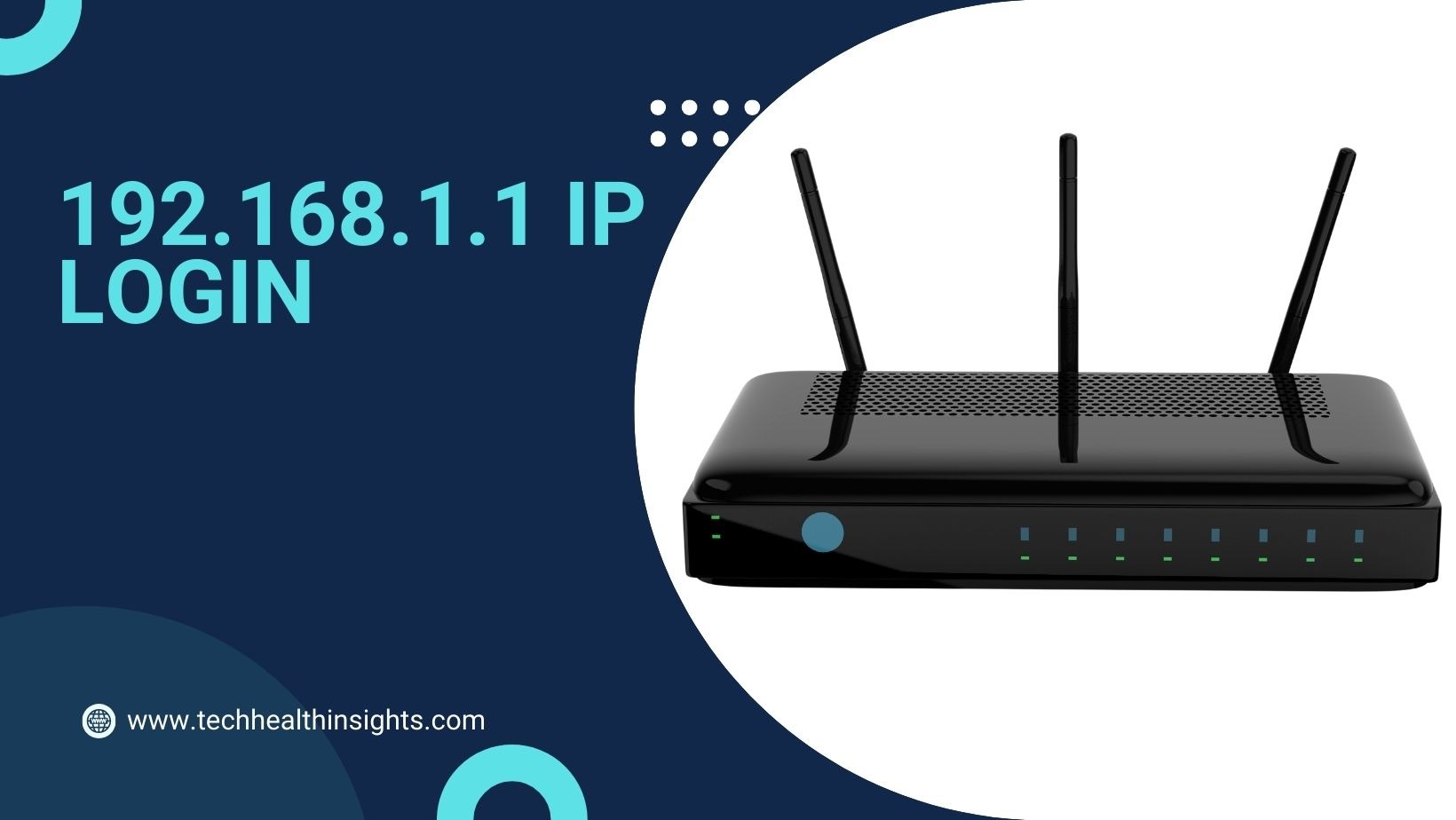192.168.1.1 is a private IP address belonging to the IPv4 address space. Private IP addresses are reserved for internal networks and cannot be routed on the internet. 192.168.1.1 is part of a reserved block of IP addresses specifically designated for private networks. It is often used as the default gateway IP address for many home and small business routers.
Here are some commonly misspelled IP addresses, and their corrections:
| Incorrect | Correct |
| 192.168.I.1 | http://192.168.1.1/ |
| http://192.168.I.1 | http://192.168.1.1/ |
| https://192.168.l.1 | https://192.168.1.1/ |
| 192.168.l.1 login | 192.168.1.1 login |
Login 192.168.1.1
Accessing 192.168.1.1 is crucial for configuring your router and managing your local network. Here are the general steps to access it:
- Ensure that your computer or device is connected to the same network as your router.
- This is usually done through Wi-Fi or an Ethernet cable.
- Open your preferred web browser. You can use Chrome, Firefox, Safari, or any other browser of your choice.
- In the browser’s address bar, type “http://192.168.1.1” and press Enter.
- You can also try “192.168.I.1” if you prefer a secure connection.
- You should now see a login page for your router.
- To log in, you’ll need to enter your router’s username and password. In most cases, the default credentials are provided on a label attached to the router.
Note: However, for security reasons, it’s a good practice to change these defaults.
Router Configuration
Once you’ve successfully logged in to 192.168.1.1, you gain access to your router’s administrative interface. From here, you can perform various tasks, including:
- You can configure your network settings, such as the Wi-Fi network name (SSID), Wi-Fi password, and network security settings.
- Port forwarding allows you to direct incoming network traffic to specific devices on your network, which is useful for services like online gaming or running a web server from your home.
- You can enhance the security of your network by changing the router’s login credentials, enabling firewall features, and managing connected devices.
- Keeping your router’s firmware up to date is essential for security and performance. Most routers allow you to check for and install updates through the admin interface.
- If you experience network issues, the router’s admin interface often provides diagnostic tools and logs to help identify and resolve problems.
Security Considerations
It’s crucial to emphasize the importance of security when dealing with 192.168.1.1 or any router’s administrative interface. Here are a few security best practices:
- Change Default Credentials: Always change the default username and password for your router. This is the first line of defense against unauthorized access.
- Use Strong Passwords: Create strong, unique passwords that are difficult to guess. A combination of letters, numbers, and symbols is recommended.
- Enable WPA3/WPA2 Encryption: For Wi-Fi networks, use the latest encryption protocols (WPA3 or WPA2) to protect your wireless connections.
- Regularly Update Firmware: Check for router firmware updates and install them to patch security vulnerabilities.
- Disable Remote Management: If possible, disable remote management of your router to prevent external access to the admin interface.
Conclusion
192.168.1.1 is a gateway to configuring and managing your home or office network. Accessing this IP address is a fundamental skill for anyone responsible for maintaining a network. However, with great power comes great responsibility; it’s essential to prioritize security when accessing your router’s admin interface. By following best practices and keeping your router up to date, you can maintain a secure and well-functioning network for all your connected devices.
FAQs
The standard IP address is 192.168.1.1, and the default login credentials for both the username and password are set as ‘admin’.
The 192.168.1.1 Admin Login serves as an IP address utilized by routers such as Linksys and various other network brands as an access point or gateway. Companies establish router admin access through this address, enabling network administrators to configure their routers and networks.
Launch your preferred web browser and input your router’s designated IP address (usually found on the router itself) into the address bar. Use “admin” for both the username and password fields. Alternatively, the password might be set as “password,” or there might be no password required. Once logged in, navigate to the “wireless” settings and find the password displayed beside the Key 1 field.
The default IP address for a TP-Link ADSL router is 192.168.1.1. Enter “admin” (in lowercase) for both the username and password on the login page. Next, navigate to Advanced -> System Tools -> Administration. Here, input the old password followed by the new password to make the change.
Begin by entering “192.168.1.1” into the address bar of your web browser. After that, provide the necessary username and password, and then click on the “OK” or “Login” button.
The most commonly used default logins for the 192.168.1.1 IP address are Username: admin and Password: admin.
